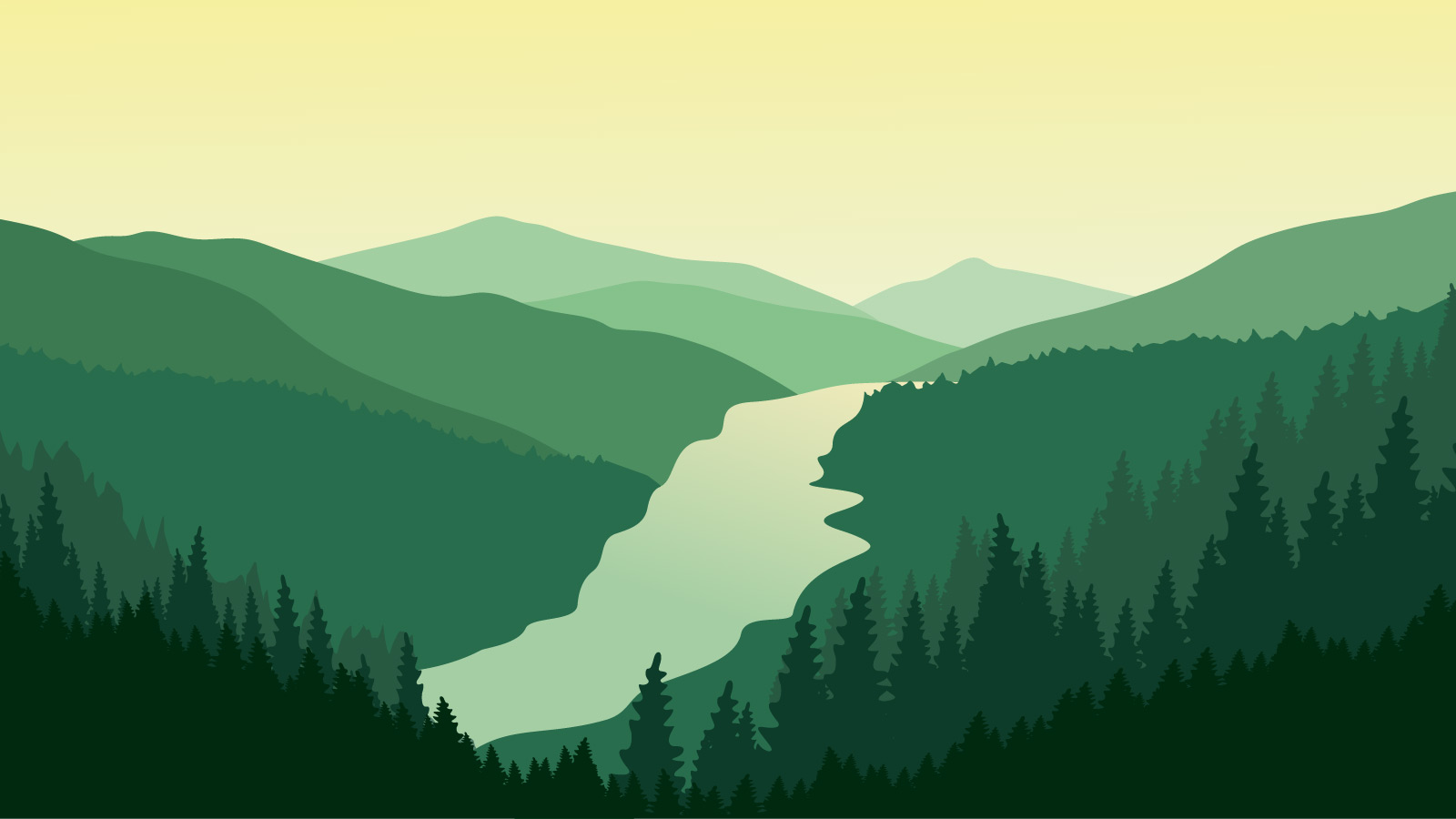
Frequently Asked Questions
Yes, bulk soil suppliers and soil manufacturers, like River Sand, Inc., can blend bulk, loose potting soil by the cubic yard or ton. Buying potting soil by the bag for a few potted plants is the best method but for many gardeners, nurseries, or landscapers that use a large quanity of potting soil it makes sense to save money and buy bulk.
Yes, and you can save money too! River Sand, Inc. supplies bulk, loose soil conditioner by the cubic yard. You can have a dump truck load delivered to your home or project in Atlanta or the surrounding areas throughout Georgia.
If you need a lot of sand for a project (more than a ton), it is best to have it delivered on a dump truck. The sand can be dumped on the ground or a small area and will not wash away in the rain. You can save money buying it in bulk.
Yes, dredges can be equipped with guides or wheels to protect the auger or cutterhead from damaging the liner while pumping sludge or sediment.
Yes, docks are permitted to be dredged on reservoirs and lakes. However, each lake’s manager or owner has requirements of how and when a dock can be dredged. The US Army Corps of Engineers, Georgia Power, and TVA differ in requirements and dredging permits from each lake.
Yes, according to www.georgiapowerlakes.com:
- “Georgia Power is authorized to permit dredging of up to 500 cubic yards per property. Greater amounts will require further approval from the U.S. Army Corps of Engineers, FERC and additional agencies.
- Dredging plans must be submitted and approved before work can commence.
- Georgia Power may exercise the option to require a certified engineer or surveyor verify the scope of the project at our sole discretion.
- Removal of original lakebed/river bottom is prohibited. The sole purpose of dredging is to remove sedimentation/organic materials that have accumulated over time.
- A turbidity barrier must be installed within the lake area for containment and equipment being used must work inside this barrier.
- Silt must be either transported from site or pumped to a location off GPC property and/or project lands, or a minimum of 25′ from lake, whichever is greater. Material cannot be used to backfill seawalls or to “level up” land.
- Silt/sediment removed must be stabilized in a way to avoid re-entry into the lake and to not to impact GPC property.
- At Lake Jackson, it may be necessary to execute a property line agreement prior to dredging activity to establish pre- and post-dredging property rights.
- Dredging of wetland areas or for the purpose of removing upland materials via “channeling” to create additional shoreline is strictly prohibited.
- Upon receiving a dredging permit from GPC, the permittee agrees to:
- Abide by all government rules, laws, regulations, directives and statutes.
- Acquire all necessary governmental permits or licenses, which may include, but not be limited to, a land disturbance permit.”
Yes, dredging can be performed with the water at full pool or below full pool. Dredging can be done from the shoreline or with the use of a barge.
Many arenas have been built by tilling sand into the existing clay soil. This is a great way to make a consistent footing without layers. It is also a very affordable option to build and maintain. However, the existing soil must be suitable. Rocks may be an issue that continue to pop up. Be sure to use the right type of sand to maximize the value and reduce compaction.
Compost can be used for topdressing a lawn, but it is not the best material for topdressing. Compost typically contains larger pieces of wood or other organic debris that is difficult to work down through the soil canopy. Adding more organic matter to a turf that has excessive thatch may contribute to the spongy, soft surface. Topdressing sand is the preferred material for topdressing lawns (based on decades of research by the USGA). It provides aeration, levelling, and long-term soil benefits. However, River Sand blends compost to create a Topdressing Blend if preferred by a client, and benefits from compost are still achieved.
Yes, Construction Sand is an excellent fine aggregate to add to your concrete. It is typically combined with cement and gravel, such as #57s Gravel to obtain the right ratio for most concrete projects.
Calculate Your Project
Determine how much product you need for your project and submit it to us for a free estimate, including delivery costs.
Dredging projects and In-Field Mix are calculated separately.
